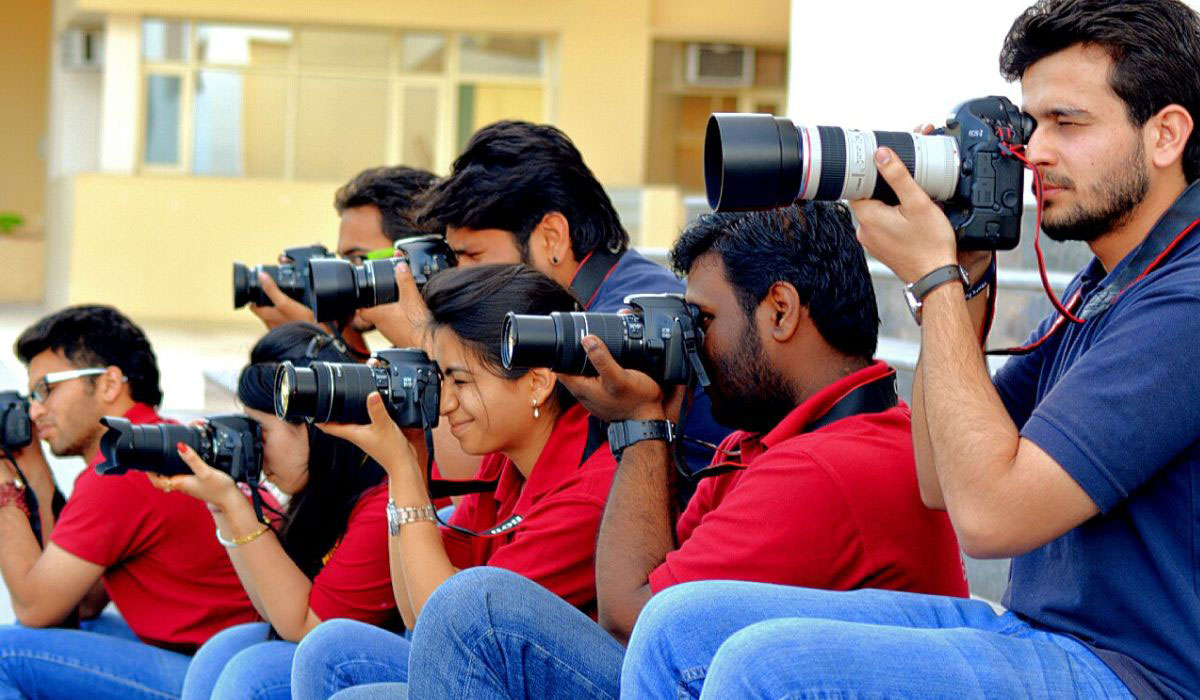The digital age has completely changed the landscape of journalism in many ways. Traditional journalism has grown into digital journalism supported by online platforms which has changed the role of journalists in gathering, editing, and delivering news.
What’s more, the emergence of the internet and social media has also led to a change in how people access news with social media becoming dominant for getting news and information. This change has also transformed journalism from one-way communication to two-way conversations allowing journalists to engage with the audience.
The digital landscape also brings forth challenges and opportunities for media organizations leading to constant innovation and adaptation to new technologies and audience needs. With the use of technologies like artificial intelligence and big data in digital media, the quality of media production has improved significantly.
In this blog, we will delve into the dynamic realm of digital journalism, exploring its evolution in the ever-changing landscape of new media platforms. Join us as we unravel the intricacies of adapting to the digital age and harnessing the power of emerging platforms to amplify journalistic reach and impact. Let’s dig deeper into this fascinating topic and uncover insights that are reshaping the future of journalism. Keep reading to embark on this enlightening journey with us.
The Digital Age in Journalism
In the past, journalism was only limited to traditional print newspapers, radio, and television. However, with the growth of the digital age, a revolution has taken place that has reshaped the way we consume news and information. The internet has now become a catalyst for change offering journalists boundless opportunities to disseminate stories across platforms in real time.
The immediacy and global reach of digital media has democratized the flow of information enabling journalists to form better connections with the audience. It must be noted that the rise of new media platforms has unlocked many opportunities for aspiring journalists as podcasts, blogs, and social media tools have now become powerful tools to engage with audiences and build interactive communities.
Journalism in the present age demands a wide skill set that blends traditional reporting with multimedia storytelling, data analysis, and even audience interaction. Getting a formal education in BA Journalism and Mass Communication equips students with essential skills that prepare them to navigate the dynamic landscape of modern journalism.
Journalism Is Now More About Visual Storytelling
In the present digital age, visual storytelling is supreme. The audience wants immersive experiences, and video content has become one of the most preferred modes of information consumption. Whether it is live reporting, short-form videos, documentaries, or anything else, journalists should master the art of visual storytelling to attract the attention of the audience. This is why getting an education in journalism and mass communication can teach aspiring journalists to understand the importance of creating attractive visual narratives while enabling them to become versatile and sought-after journalists.
Adapting to New Media Platforms
The rise of citizen journalism and user-generated content has allowed for a more democratic and participatory media landscape, giving voice to professionals who were previously excluded from traditional media. Facing new challenges introduced by the changing media environment include the spread of false information that classifies critical reporting by journalists.
Given these challenges, the growth of journalism and media has introduced many exciting opportunities and possibilities for the industry. The field of journalism and mass communication has grown in the past few years, and it has created many job opportunities for those interested in pursuing a career in the field.
Online media sources, social media platforms, and mobile applications have grown tremendously. To make a successful career using these mediums, journalists can think about careers such as Multimedia Journalists, Social Media Managers, Content Creators, and Digital Marketing Specialists.
Why Pursue B.A. in Journalism and Mass Communication?
The Indian Media and Entertainment Industry is one of the fastest-growing industries in the country, with segments in films, television, advertising, print, and digital. What’s more, the industry has seen wise growth in the last few years. It is driven by strong consumption in most nonmetropolitan and small cities, which also intensifies the emergence of regional media and new media businesses and formats.
Pursuing a program such as a B.A. in Journalism and Mass Communication allows students to undergo applied research into the dynamics of communication and creative industries together with professional expertise. The program in Journalism and Mass Communication focuses on all aspects of journalism, including the ones mentioned below:
Newspaper and Magazine Print Journalism: This means of delivering news is growing, but the skills required to publish the news remain the same. The print media is focused on reliable and hard news reporting for newsprinting and magazines.
Television and Radio Broadcast Journalism: With broadcast journalism programs, you can master the best techniques of reporting, writing, and editing news stories. You can also learn television and radio skills, along with shooting and recording interviews.
Online and Convergence Multimedia Journalism: The digital age has moved to online methods of showcasing news, and journalists have been adopting this as much as possible. The program of B.A. in Journalism & Mass Communication teaches students to learn significantly more about online media platforms.
Study B.A. in Journalism and Mass Communication at Chitkara
The program of B.A. in Journalism and Mass Communication offered at Chitkara is customised to meet the needs of different fields of media combining a good combination of formal lectures, seminars, and computer-based learning along with individual and group project work, guest lectures, and industry training.
Also, read this blog post: What are the essential components of Mass Communication?
The focus of this program is to nurture socially responsible media professionals who are backed by the latest inputs from the industry and led by well-trained faculty members. After completing the program B.A. in Journalism and Mass Communication at Chitkara, students get prepared to explore career opportunities as Brand Managers, Corporate Relations Officers, Publicity Managers, Newscaster, Activities Director, Announcer, Art Director, etc.
It can be said that the media landscape has changed as a result of the digital era, and that has opened many new career paths for students aspiring to become journalists. Journalists must be proficient in skills such as audience engagement, digital tool management, video and audio production, adaptability, adherence to ethical standards, etc.
If you are someone who aspires to become a successful journalist in this digital age, then you must pursue a study program such as a B.A. in Journalism and Mass Communication at Chitkara University to learn more about the digital world and become a successful news professional.






